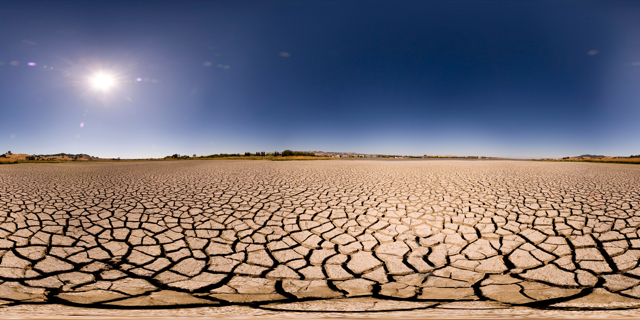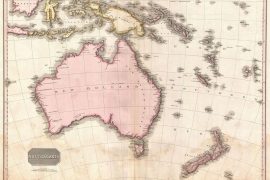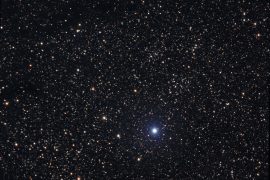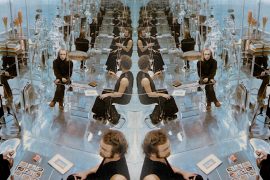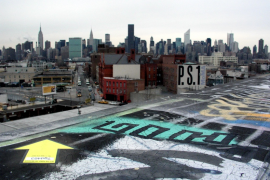After the launch of Duncan Speakman’s It Must Have Been Dark by Then in the Spring, we fell into a conversation about how, without aiming to, he had produced a work that seemed to speak to the idea of the anthropocene. Previously this had seemed to me a theoretical field full of problematic challenges, but the practice-based process has opened it up to me as an accessible and important way of framing the work of ambient lit.
One of the features of ambient lit as we are experimenting with it has been to shift users’ attention between text and world, between present and past, and between presence and absence. Kate’s post about ghosts suggests some of this shape shifting. But Duncan & I, in a piece we’re working on for the new journal Media Theory, have been thinking about this in terms of modes of attention. Maybe these temporal and spatial shifts become the basis for an “eco-critical” mode of attention.
In this sense, situated ambient awareness is close to Timothy Morton’s idea of an ambient poetics in his 2007 work Ecology Without Nature. As Seth Kim-Cohen points out Morton first advances this position in 2001 in his online eco critical analysis of “Twinkle Twinkle Little Star:”
Deep ecology proposes that if ecological politics is to succeed, a truly ecological subjectivity needs to be established. It is in this spirit that I offer the notion of ambience for consideration.
Morton’s ambient poetics, (developed at length in Ecology Without Nature 2007), whilst ambiguous, looks for experiences that produce a heightened awareness of all the entities, human, technological, animal, architectural that constitute our environments. This ambient poetics decentres the human subject in order to produce the conceptual conditions for ecological awareness and action. Morton mobilises Heidegger and Merleau-Ponty to argue for an ambient poetics that shows how the “self and the world are intertwined” (2007:69), advocating for literary and sonic art works that produce heightened awareness of self and environments. This work has usefully suggested a way of framing events that produce particular modes of attention constituted by a situated awareness of the complex entanglements and timescales of climate change.
Donna Haraway (2016:40) discusses both Ursula Le Guin and Bruno Latour as exemplars of the need to tell new kinds of “geostories” through which the forces of climate change and mass extinction can articulate themselves. Importantly these forces and agents violently and urgently refute the anthropos and all his works, religion, society, science, state, corporation, humanity, in favour of stories founded on the intra-action of species, rocks and chemistry. In their introduction to The Art of the Anthropocene (2015) Heather Davis and Etienne Turpin suggest, “the Anthropocene can be felt as a call to re-imagine the human through biology and geology.” (6). When it comes narrative Davis & Turpin’s prescription is resonant with Robert Macfarlane’s suggestion that “old forms of representation are experiencing drastic new pressures and being tasked with daunting new responsibilities” (Macfarlane 2016).
Whatever else such “geostories” might be we can be sure the “daunting new responsibilities” they must bear include producing particular experiences of interconnectedness. An eco critical, ambient art form calls on us to attend to the complexity of the systems we inhabit and influence. It can be expected to produce tangled tales of rocks, microbes and petro chemicals; of bleached coral survivors, algae blooms and spider extinctions; of power and of resistance.
What’s been at stake in this discussion is the nature of the attention brought to bear by the work. We must “attend to” the complexity of our systemic ontologies. This necessitates a different mode of attending to the world from the subject/object traditional point of view. As Latour (2015) argues, Gaia affords no single vantage point, we have been monstrously tricked by the comforting singularity of the point of view produced by NASA’s image of our warm blue planet floating in the void. There is no overview for this moment in history, our anthropocene subjectivities are formed in flights over and through the complex systems that produce us.
In all the ambient literature experiences of walking, reading, attending, listening, marking and locating, the audience participant is shifting through different frames of attention; from right here and now to a distant time and place. The walking, discovery and agency of the interaction design of produces a powerful sense of the present. Of being present. Yet at the same time, we experience a shifting frame of attention between the scales of the very local to the very global, from the instant of the present moment to the time of the historic forces at work in our places.
It is precisely the tracing of these multi scalar modes of attention that produces what we might argue is a particular form of anthropecenic affect. If the geostory is one of entanglement of scale, from microbial to hyperobject (Morton 2013), and from now to geological time, then to tell it, to understand it, we need to develop forms of attention that afford us the potential to trace networks of entanglements. This mode of attention is not the curiously static subject object contemplation produced by encountering the scale of ecological disaster, but rather in the agility to trace the inter connectedness of multi scalar agents and entities.
—Jon Dovey
References
DAVIS H & TURPIN E 2015 Art in the Anthropocene: Encounters Among Politics, Aesthetics, Environments & Epistemologies London Open Humanities Press
HARAWAY D J 2016 Staying With the Trouble Durham North Carolina Duke University Press
MCFARLANE, R., 2016-last update, Generation Anthropocene. Available: https://www.theguardian.com/books/2016/apr/01/generation-anthropocene-altered-planet-for-ever [22nd July, 2017].
LATOUR B 2016 The Anthropecene and the Destruction of the Image of the Globe Edinburgh University Gifford Lectures 20116 Number 4 available http://www.ed.ac.uk/arts-humanities-soc-sci/news-events/lectures/gifford-lectures/archive/series-2012-2013/bruno-latour/lecture-four 31.08.17
MORETON T 2001 Romanticism and Ecology “Twinkle, Twinkle, Little Star” as an Ambient Poem; a Study of a Dialectical Image; with Some Remarks on Coleridge and Wordsworth https://www.rc.umd.edu/praxis/ecology/morton/morton.html 24.08.17
MORTON, T., 2007. Ecology without nature: rethinking environmental aesthetics. Cambridge, Mass; London: Harvard University Press.
MORTON, T., 2013. Hyperobjects : Philosophy and Ecology after the End of the World. Minneapolis: Univ Of Minnesota Press.


